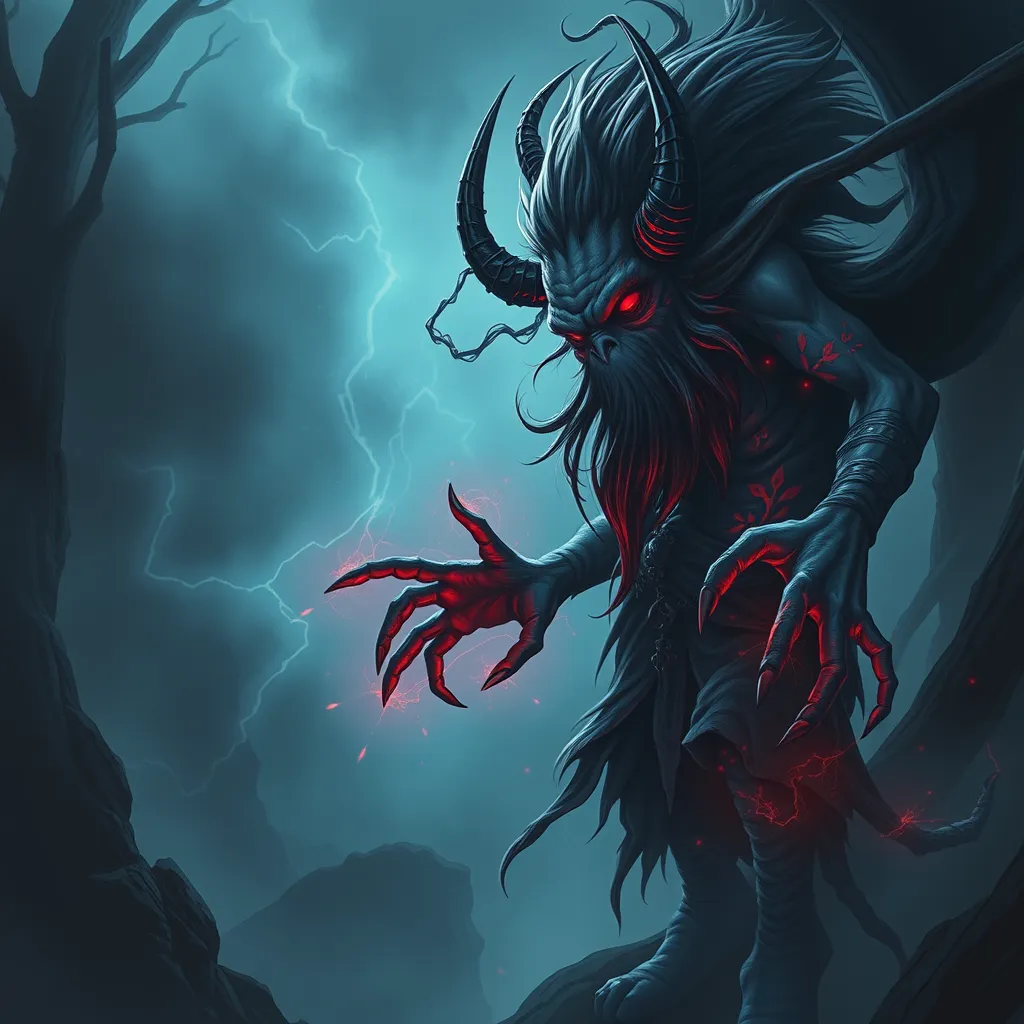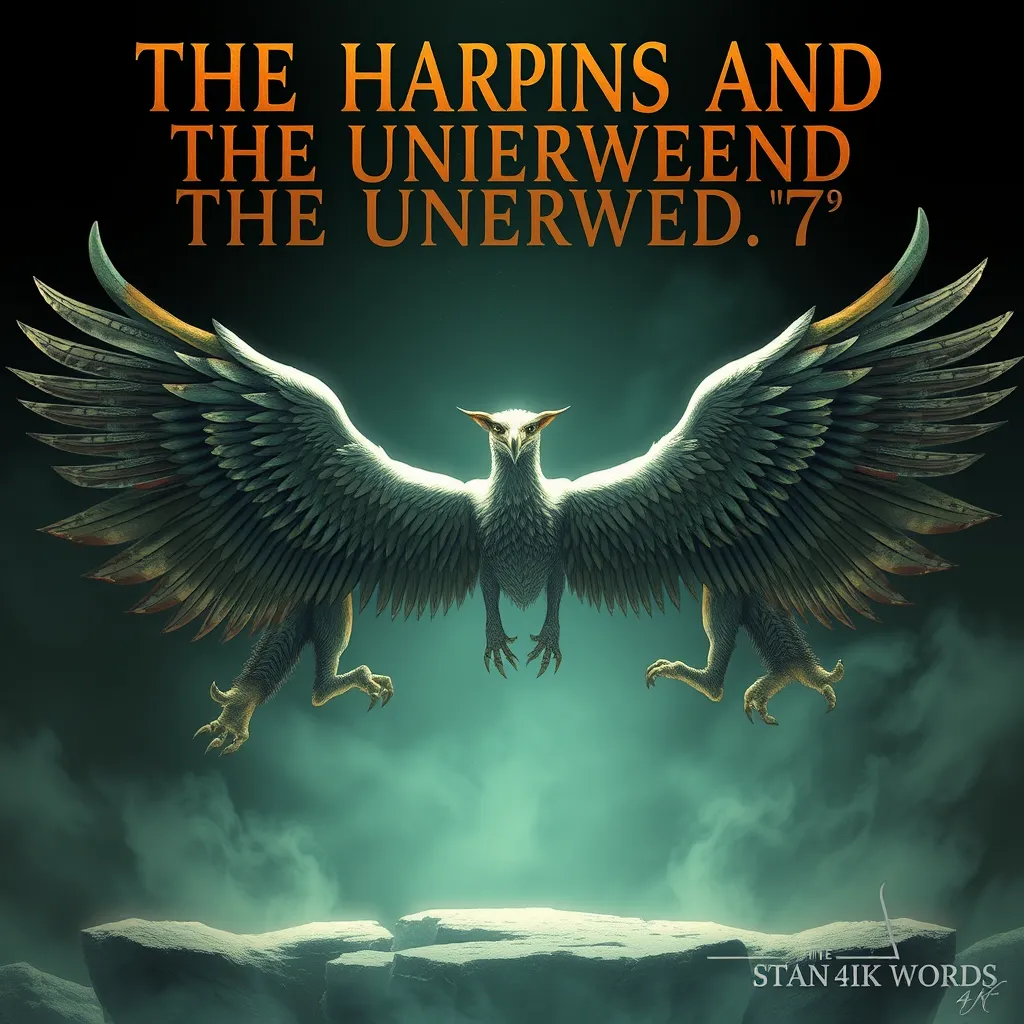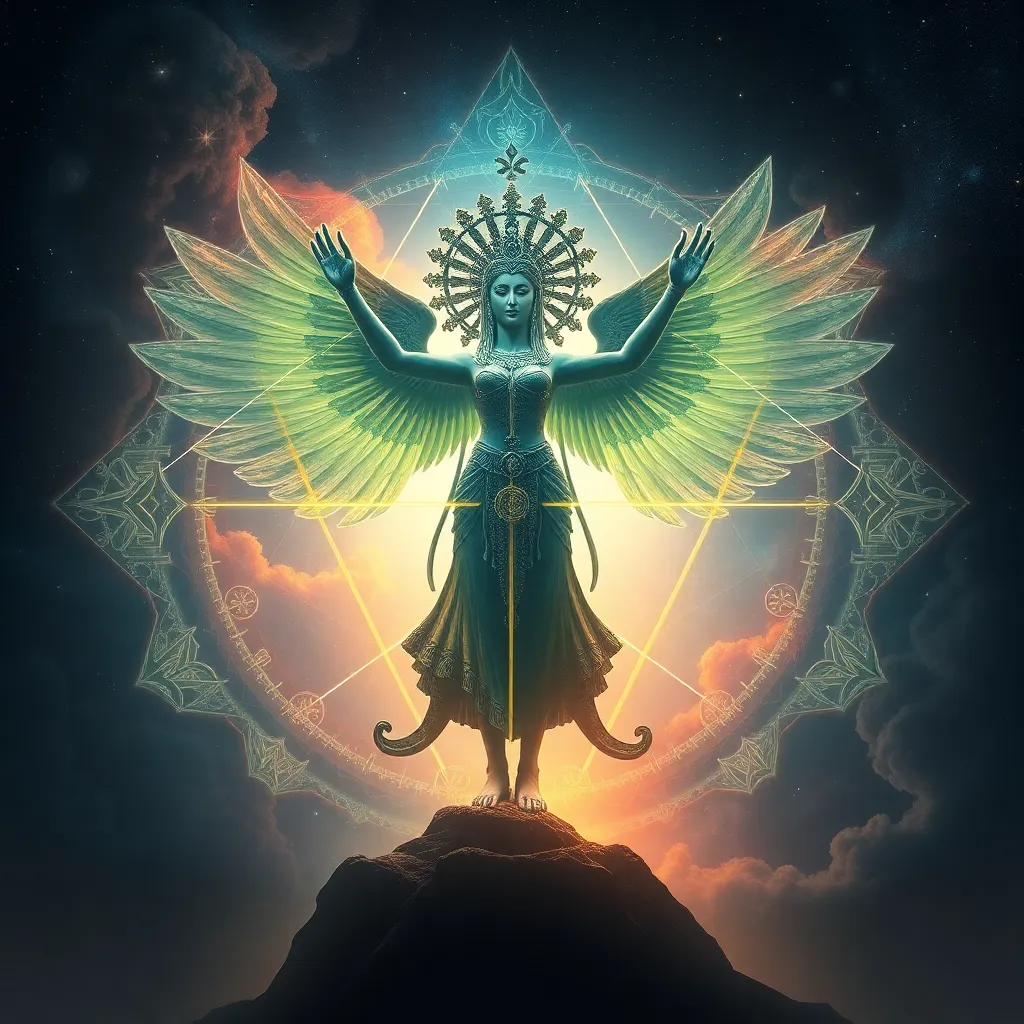The Banshee and the Troll: Tales of Sorrow and Transformation
I. Introduction
The realms of folklore are rich with characters that evoke strong emotions and provoke deep reflections on the human experience. Among these, the Banshee and the Troll stand out as significant figures within their respective mythologies. The Banshee, with her mournful wails, and the Troll, lurking in shadows, both embody themes of sorrow and transformation. This article delves into their stories, exploring the deeper meanings behind these mythical figures and the lessons they impart about grief and change.
II. The Banshee: Harbinger of Death and Mourning
The Banshee, originating from Irish mythology, is often depicted as a female spirit whose wailing signifies an impending death. Traditionally, she is described as having long hair, dressed in white or grey, and possessing an ethereal beauty that masks her sorrowful purpose.
- Origins: The Banshee has roots in ancient Celtic beliefs, where she was considered a messenger from the Otherworld.
- Characteristics: She is known for her ability to appear in various forms, from a beautiful woman to a frightful hag, depending on the family’s lineage she is associated with.
The symbolism of her wailing is profound, representing the deep sorrow of loss. Her cries, often described as haunting and sorrowful, resonate with the grief experienced by those left behind. In many cultures, the act of mourning is a communal experience, and the Banshee serves as a reminder of the inevitable pain of separation.
In society, the Banshee’s role can be interpreted in various ways:
- As a protector, warning families of impending loss.
- A symbol of the emotional turmoil that accompanies death.
- A representation of the connection between the living and the spiritual world.
III. The Troll: Guardian of the Underworld
In contrast to the Banshee, Trolls are rooted in Norse and Scandinavian folklore, often depicted as large, brutish creatures dwelling in the mountains or under bridges. Their historical context is tied to the ancient Norse beliefs and the harsh realities of life in Scandinavia.
- Physical Traits: Trolls are commonly described as ugly and dim-witted, with grotesque features that evoke fear.
- Behavioral Traits: They are often portrayed as greedy and hostile, but also as guardians of hidden treasures.
Symbolically, Trolls represent hidden fears and the darkness that lies within the human psyche. They embody the chaos and uncertainties of life, reflecting our struggles with inner demons and the shadowy aspects of existence.
IV. Themes of Sorrow in Banshee and Troll Lore
Both the Banshee and the Troll narratives explore profound themes of sorrow and loss. The Banshee’s stories are steeped in the experiences of mourning, portraying the emotional landscape of those who grieve.
- Loss and Mourning: The Banshee’s wails echo the sorrow of loved ones who must confront the reality of death.
- Sorrowful Existence of Trolls: Trolls, despite their monstrous appearances, often emerge as tragic figures, trapped by their nature and circumstances.
These themes resonate deeply with human experiences of grief, highlighting the universal nature of loss and the journey through sorrow.
V. Transformation Through Sorrow
Interestingly, both the Banshee and the Troll undergo transformations that reflect the journey from sorrow to acceptance or understanding.
- Banshee’s Journey: The Banshee embodies a journey through sorrow, ultimately leading to acceptance of death as a natural part of life.
- Trolls’ Transformation: While initially perceived as monstrous, modern interpretations often portray Trolls as misunderstood beings, inviting empathy and understanding.
Sorrow acts as a catalyst for change in both figures, transforming them from mere symbols of fear into representations of deeper emotional truths.
VI. Modern Interpretations and Adaptations
In contemporary literature and media, the Banshee and the Troll have evolved significantly.
- Literature: Authors often reimagine these figures, exploring their complexities and the nuances of their sorrow.
- Media: Movies and television shows depict Banshees and Trolls in diverse ways, sometimes as tragic heroes rather than mere villains.
The perceptions of these figures continue to evolve, reflecting modern society’s understanding of grief, identity, and transformation.
VII. Personal Reflections and Lessons Learned
Engaging with the tales of the Banshee and the Troll offers valuable insights into the nature of sorrow and transformation. Acknowledging sorrow is crucial in our lives, as it allows for healing and growth.
- Insights on Transformation: Both figures teach that sorrow can lead to resilience and self-discovery.
- Finding Meaning: Readers are encouraged to reflect on their own experiences of loss, recognizing the potential for transformation through grief.
VIII. Conclusion
In summary, the Banshee and the Troll serve as powerful symbols of sorrow and transformation in folklore. Their stories remind us of the human experience of grief and the potential for change that arises from it. As these myths continue to resonate in modern culture, they invite us to explore our interpretations of sorrow and the paths we take towards healing and understanding.



